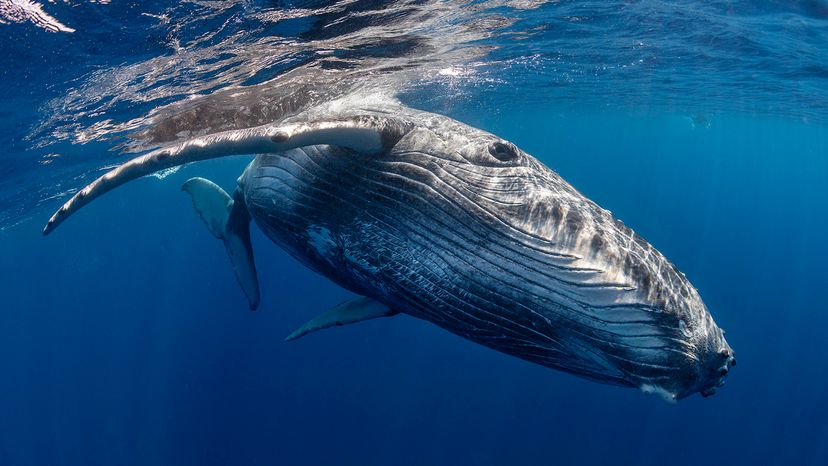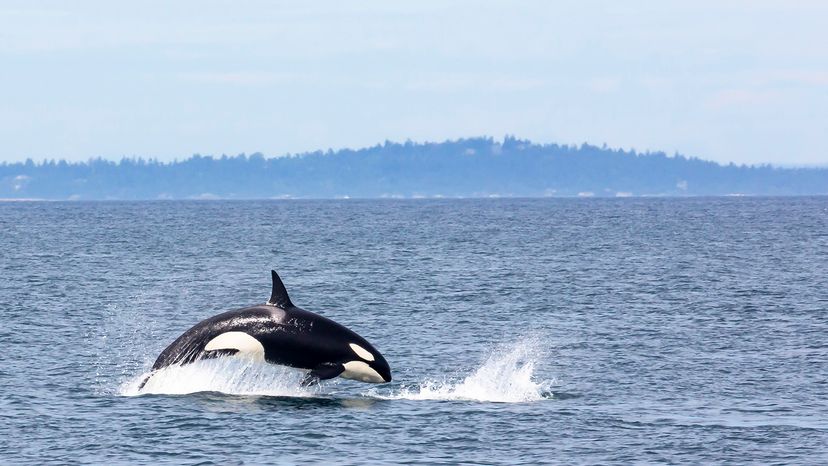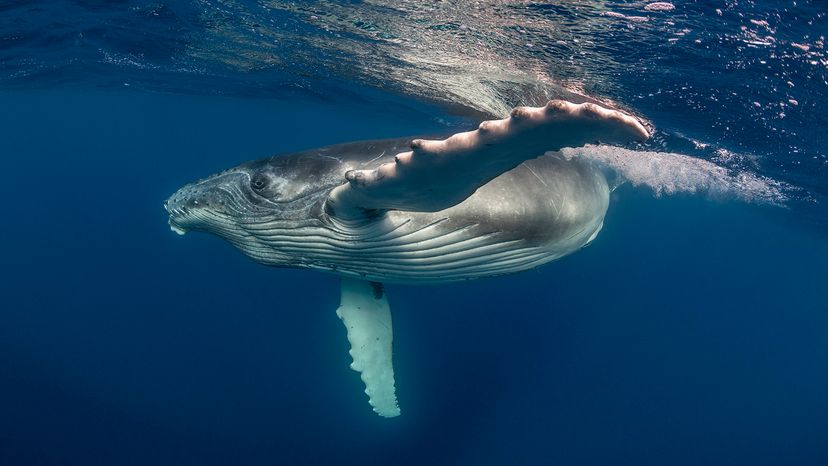
If you've ever wondered, "Are whales mammals?" the answer is a resounding yes. Despite their fish-like appearance, whales belong to the order Cetacea and share many features with other mammals. From breathing air to nursing their young, these marine giants check every mammalian box.
So how did animals this massive, living entirely in the ocean, end up on the mammal family tree? It's a tale that dives deep into evolution, biology and some surprising relatives.
Advertisement

